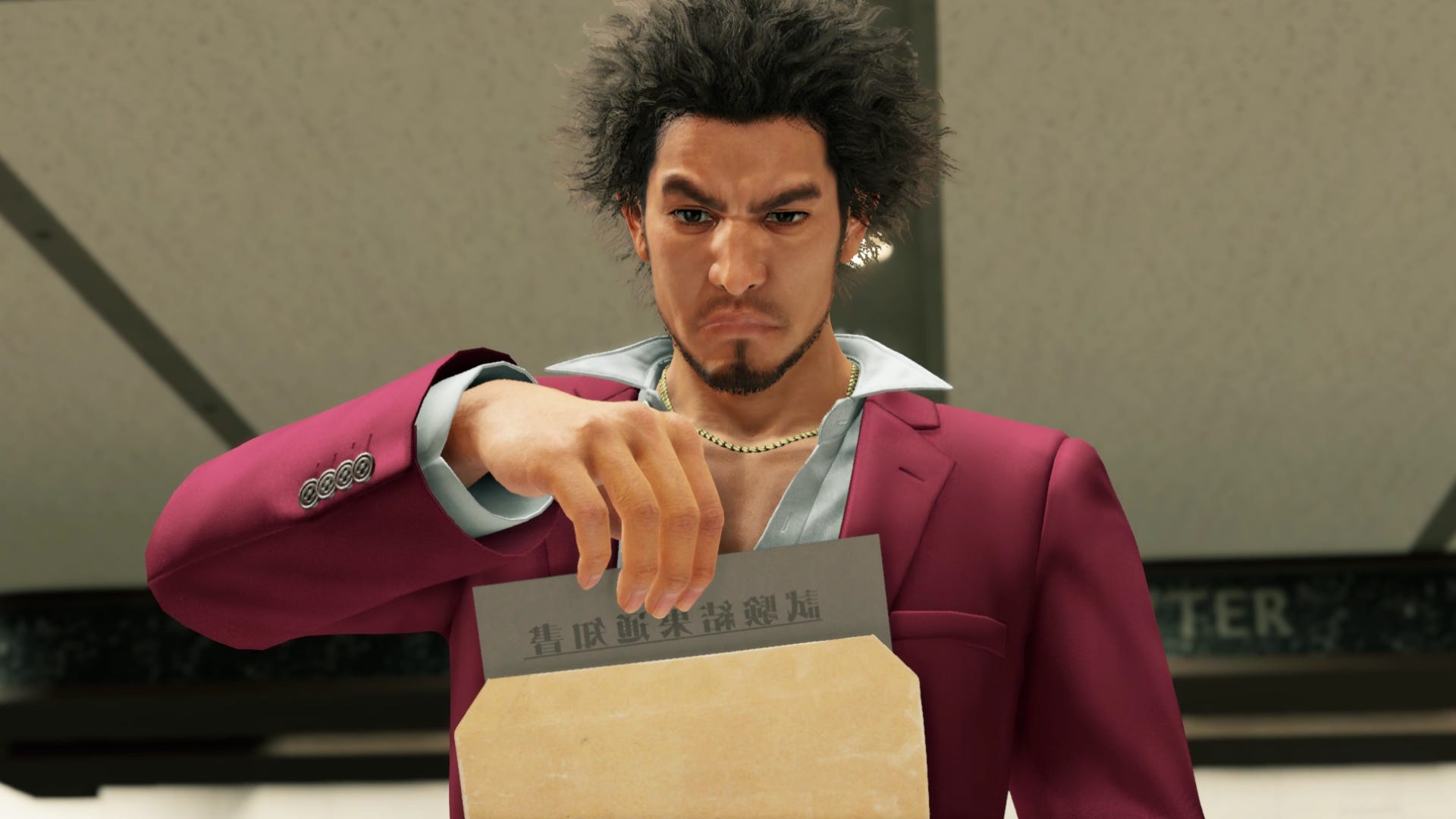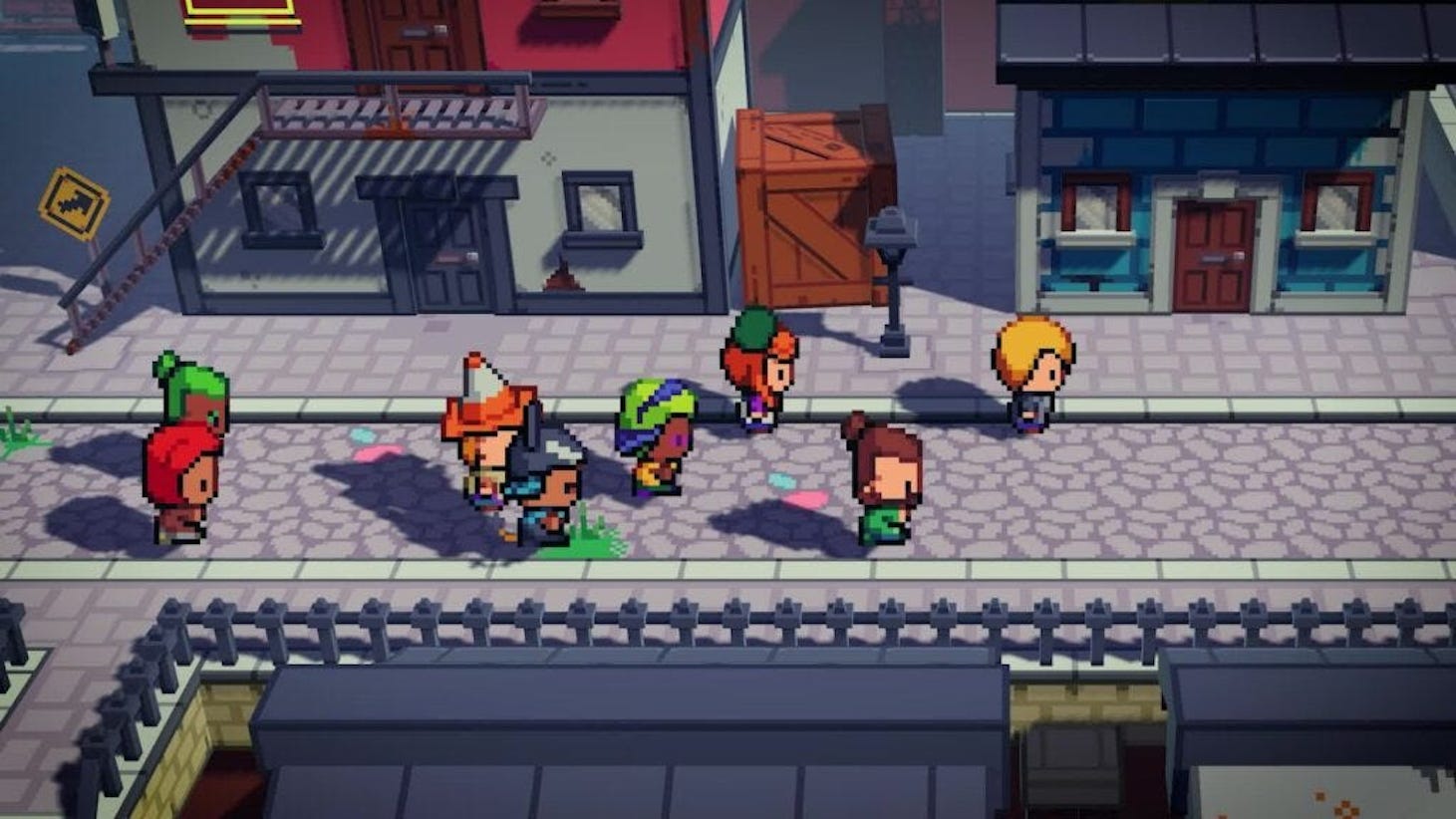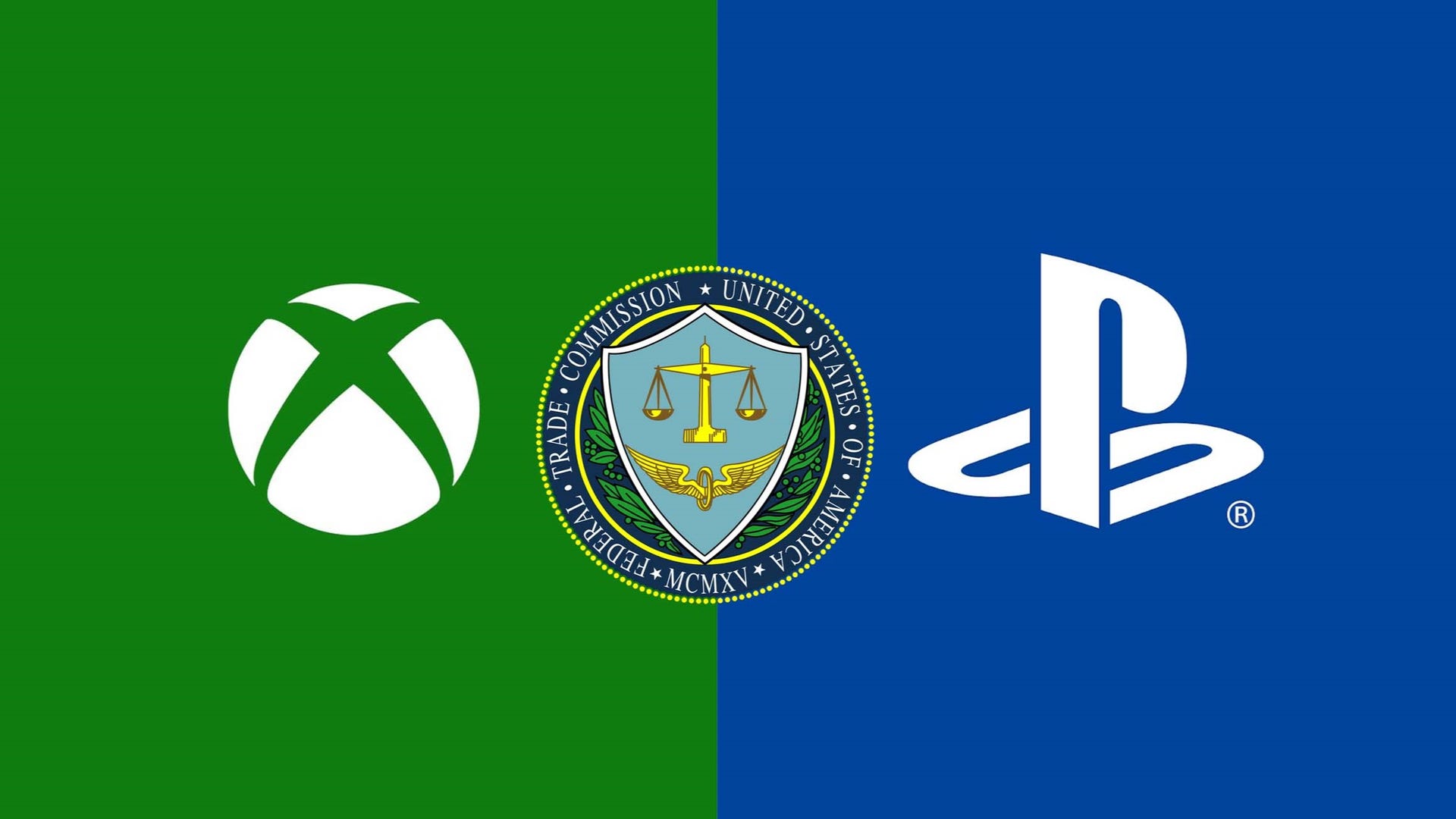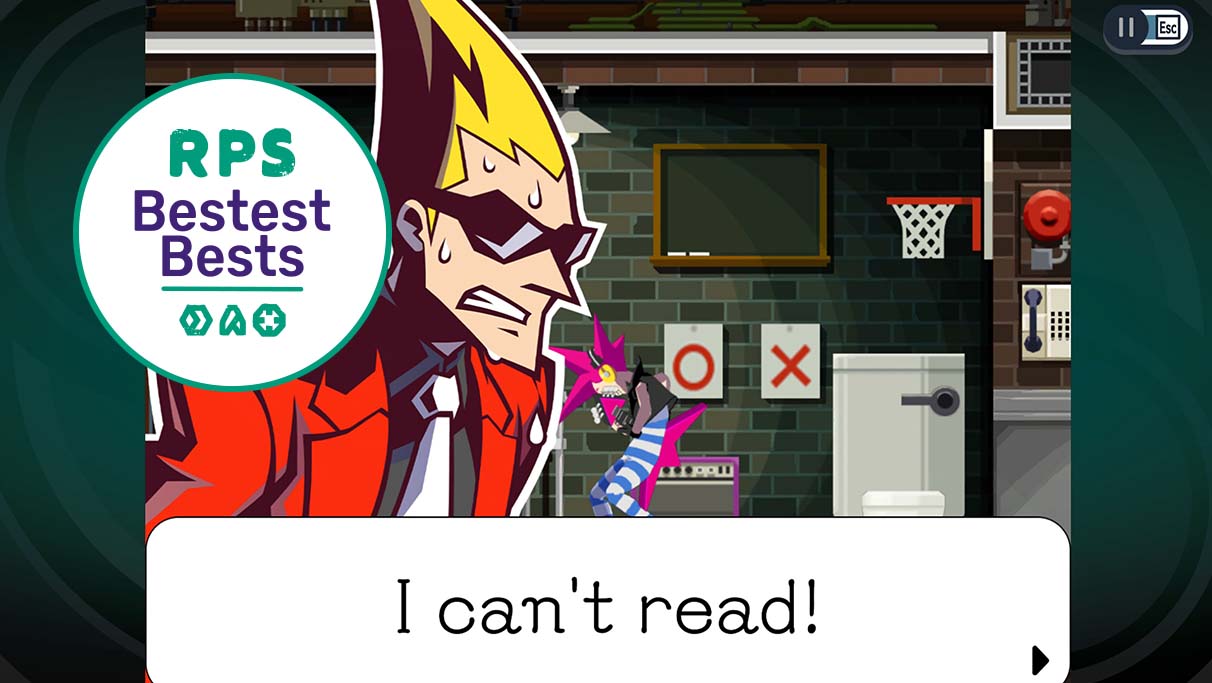Ever wanted to experience the Marvel Cinematic Universe of RPGs? The Trails series is exactly that. More specifically, The Legend of Heroes: Trails into Reverie is the Avengers: Endgame of RPGs. It’s the culmination of three different subseries within Trails and two decades’ worth of meticulous storytelling, easily totaling over 100 hours of gameplay time between its story, combat, and post-game activities. Despite a bloated cast of characters resulting from combining the expansive Trails series, impeccable pacing makes every event and interaction manageable. With its politically engaging story and strategically fun turn-based gameplay, it’s one of the best RPGs of 2023.
Reverie is able to pack so much content in because its overarching story is split into three routes, each with a different main character. By switching between perspectives, it’s able to keep its various plot twists and revelations fresh, and I never felt like I was lingering on one particular route too long before I had to make progress on another.
Fans of the Trails series will undoubtedly recognize the first protagonist, Rean Schwarzer. I’d gotten tired of playing as Rean as the main character of the four games in the Cold Steel saga – in particular, the story around him involving some worldwide catastrophe in Cold Steel IV was messy and convoluted. However, Reverie redeems Rean by giving him a much more focused storyline for his route, and I was impressed at how cleverly it expanded on his arc from Cold Steel IV.
The second protagonist, Lloyd Bannings, surprisingly has the weakest route of the three. I immensely enjoyed the Crossbell duology that he originated from; Trails from Zero and Trails to Azure tell the story of Lloyd and the Special Support Section fighting for the city of Crossbell’s independence. Reverie retreads that same story, making Lloyd’s route a bit boring compared to the other two. It’s also central to Reverie’s overall story, which is a little disappointing since I’ve seen it all before.
Reverie redeems Rean by giving him a much more focused storyline.
The third route follows a new character named C, and it’s easily the best Reverie has to offer. Much of the mystique in C’s cast comes from all of their unknown backgrounds and amazing chemistry: C, the one adult in the group, wears a mask and a deep voice modulator – what’s his true identity? Swin Abel and Nadia Rayne are both child assassins, but why were they roped into a dangerous profession at such a young age? And while Swin and Nadia had to grow up fast in order to survive, their amnesiac companion Lapis has this innocent childlike curiosity about the world. Their mix of personalities is incredibly entertaining, and interactions between them are always fun to watch.
You can switch between the three main characters at any time using the cleverly named timeline system, Trails to Walk, but there are certain points in each that remain locked until you’ve made progress in another route. For example, in one section, both Lloyd and C have to work together in order to make their way through two different facilities as their respective locking mechanisms work in tandem. I really enjoyed the way mechanics like this make the three stories feel intertwined, but also allows space for their individual stories to shine.
Reverie does have an issue with a massively bloated cast – there are over 50 playable characters.
Reverie does have an issue with a massively bloated cast – there are over 50 playable characters coming together from all of the previous Trails games, which is a lot of faces and names to remember even if you’ve played every single one. However, it manages to let each character get relatively equal amounts of the limelight, and in doing so it allows people to interact with each other where they never could in their respective origin games.
For example, watching Crossbell Police Department detective Alex Dudley and Rean’s classmate Machias Regnitz praise each other’s studious personalities is so satisfying. Even other characters who overhear their conversation note how they’re both so similar. It’s moments like these where I felt like Trails into Reverie was fanfiction done right.
However, by its very nature it’s not an approachable game for newcomers. The story fully expects you to know who these characters are, and it wraps up the entire arcs of the Crossbell duology and the Cold Steel saga; if you don’t know what those are you’ll be entirely lost. Plenty of characters from the Trails in the Sky trilogy make appearances as well. It’s a daunting task, but it’s highly recommended to play all of the other games before Trails into Reverie. Having played them, the overwhelming familiarity and nostalgia were worth it.
Having played all the Trials games, the overwhelming familiarity and nostalgia were worth it.
Trails has one of the most meticulously designed battle systems in any RPG series – unlike Final Fantasy, Trails has stuck to its turn-based guns here – and Reverie is no exception. You can have up to four different party members on the field at one time, but other characters in your active party can be switched in and can also provide support from the sidelines. There is quite a lot of nuance that goes into the different options you have during battle, from positioning your characters on the free roam-based battlefields to managing a turn-order timeline. You have a high degree of freedom in how you can approach and dictate the flow of battles.
A particularly satisfying one is how you can use certain attacks, called Crafts, to not just impact a character’s placement on the move-order timeline but also expose them to bonus damage effects. If an enemy’s timeline icon shows a critical hit effect, that’s an opportunity to delay that enemy’s turn so that the turn order changes to one of your characters, thus guaranteeing a critical hit. These incentives kept me engaged and focused throughout the entire campaign’s worth of battles, especially on higher difficulties where capitalizing on those openings is crucial. One wrong move and the enemy could wipe out my party, but overcoming a challenging boss felt rewarding.
As a whole, the Trails series emphasizes the theme of teamwork, and Reverie’s battle system has a few other cool features to reinforce that. For instance, enemies are weak to certain weapon types, and hitting them with the appropriate weakness allows one of your allies to do a follow-up assist attack to earn Bravery Points (BP).
With three BP stacked up, you can launch a Rush dual attack with an ally, and five BP can be spent to launch a Burst attack where all four party members pile up on the enemies, similar to Persona’s All-Out Attack mechanic. But that’s nothing compared to the newly introduced United Front attacks, in which your entire party, even the ones on the sideline, rushes in from off screen to attack. I love this assist system because I felt the camaraderie through gameplay, not just in the cutscenes and story.
I felt the camaraderie through gameplay, not just in the cutscenes and story.
BP can also be spent on Orders, which are party-wide buffs that can turn the tide of battle. Is the boss charging up their ultimate attack on the timeline? Three BP activate Lapis’ Order, Pallas Coppelion, which reduces incoming damage by 60% for the next six turns. However, we’re given good cause to be careful about when to use these powerful bonuses: Bosses can also launch their own abilities, called Dis-Orders, which can have similar effects like reducing your party’s damage output, canceling your current Order in the process. Whenever bosses pulled them out, I’d immediately have to adjust to a more defensive playstyle in order to hunker down and wait until the effect wore off. Dis-Orders are a great way to shift the momentum back toward the boss just when I thought I held the upper hand, keeping me on guard even when a fight seemed like it was already over. It kept battles dynamic and exciting, forcing me to think quickly on my feet.
Reverie also has a bunch of customization options for how you can build out your characters. Want to make Rean’s ninja assassin, Fie Claussell, an evasion tank so enemies miss their attacks all the time? Just slot her up with gems (called Quartz) that boost her evasion stat – and also her counterattack range if you want to give her a free attack on the enemy’s turn. There’s no role I couldn’t tailor specific characters toward, be it a healer or magic user. I could spend hours optimizing my Quartz setup for my party – it’s that engrossing.
The features that Reverie’s battle system introduces may seem overwhelming at first, but it’s nothing that a Trails veteran can’t pick up quickly – and again, if you’re not a Trails veteran, you probably shouldn’t be playing this until you are.
In a game that’s so focused on its characters it’s important that they look convincing, and Reverie does its cast justice. While they aren’t what I’d expect from a big-budget game like Final Fantasy XVI or Persona 5, they’re still an admirable improvement over previous Trails games. In particular, character models look less stilted and don’t awkwardly move their limbs when walking or waving their arms while talking.
Reverie’s soundtrack is excellent, too. Rean, Lloyd, and C all have different battle themes and they fit appropriately and reinforce their respective characters. Rean’s electric guitar-heavy theme reflects the energy that he embodies during battle, while Lloyd’s sounds like an anthem, fitting for a nationalist hero like himself. C’s theme incorporates more piano, giving it a more graceful feeling to match his calm demeanor.
Constant Customization
Characters can also equip costumes that don’t have an impact on stats – it’s just there if you want to play dress-up with various items like hats and swimsuits. You can earn a few of those costume items just by playing through Reverie’s main story or fulfilling side quests, but many of them are earned through a randomized dungeon called the Reverie Corridor. Here, all three protagonists and their parties have been whisked away to a different dimension where they can interact outside the main story’s events. The catch is that they won’t remember what they were doing right before arriving, and they also won’t remember what transpired in the Reverie Corridor when they exit. It’s a weird but very clever way to have all the characters gather in one place to interact with each other before the finale when their paths ultimately converge. Additionally, any character levels gained inside the Reverie Corridor will transfer back to their home dimensions.
Reverie Corridor’s randomized nature is similar to that of Persona 5’s Mementos: you’ll fight through a few floors and then battle bosses at the mid and endpoints. There’s also a gatcha system, but don’t worry: there are no microtransactions or real-world currency involved at all. In fact, Trails into Reverie even told me to reload a save just in case I didn’t receive what I wanted! Some of those rewards include extra characters who appeared in past Trails games but didn’t have a presence in the main story. While these characters can’t be used outside the Reverie Corridor, they can be used as Tagalongs, meaning that you can still activate their specific Orders and they’ll also participate in United Fronts.
You’re only required to progress through the first two Stratums as part of the main story, but afterward, you’re free to put it off for as long as you want. The Reverie Corridor is the only aspect of Trails into Reverie that feels a bit out of place in the story, as the characters are puzzled by why such a place even exists. However, there’s plenty of post-game content that unlocks more Stratums and reveals extra story context behind the Reverie Corridor, as well as a final post-game boss and an additional ending, and that was a fantastic send-off for these combined series and an exit ramp to tell new Trails stories in the future.




